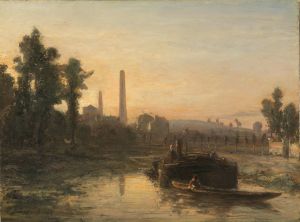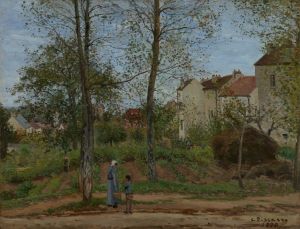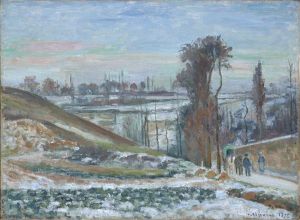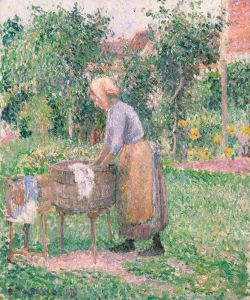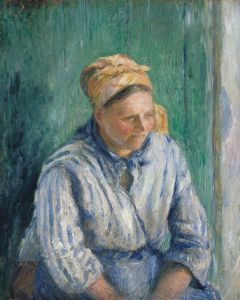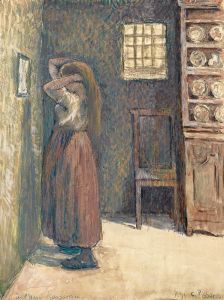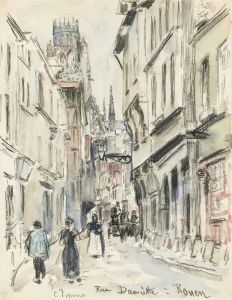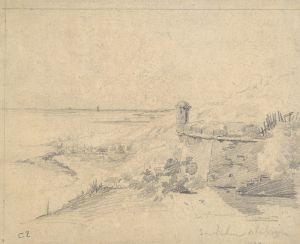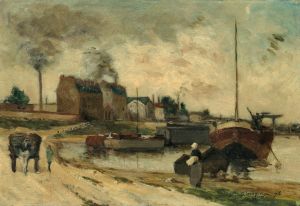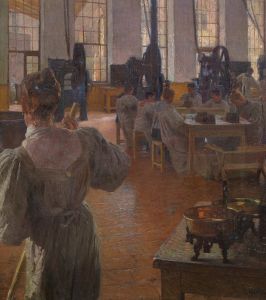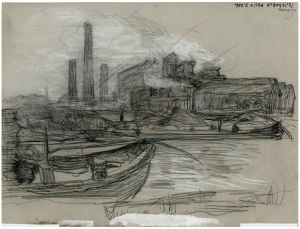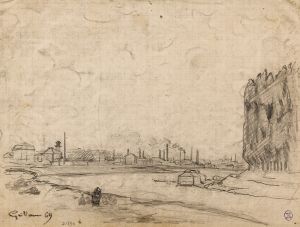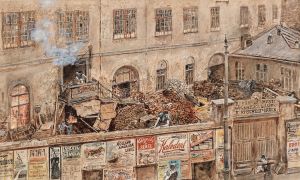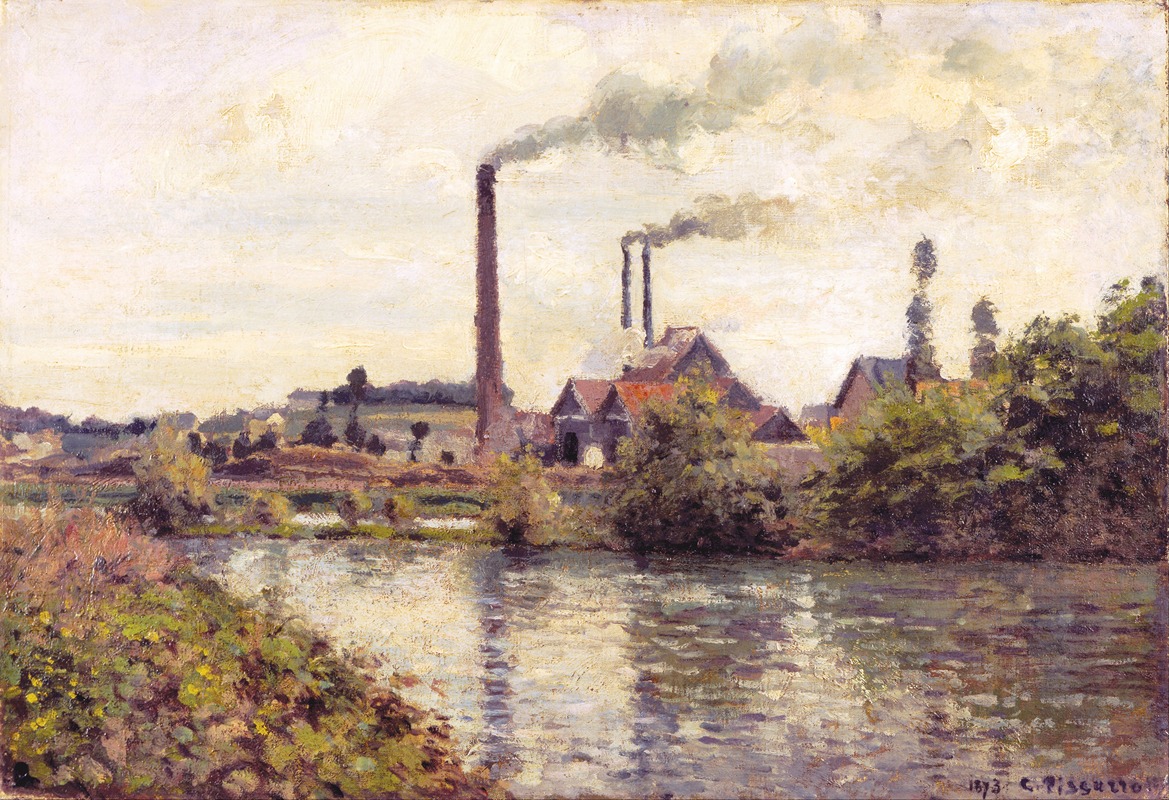
The Factory at Pontoise
A hand-painted replica of Camille Pissarro’s masterpiece The Factory at Pontoise, meticulously crafted by professional artists to capture the true essence of the original. Each piece is created with museum-quality canvas and rare mineral pigments, carefully painted by experienced artists with delicate brushstrokes and rich, layered colors to perfectly recreate the texture of the original artwork. Unlike machine-printed reproductions, this hand-painted version brings the painting to life, infused with the artist’s emotions and skill in every stroke. Whether for personal collection or home decoration, it instantly elevates the artistic atmosphere of any space.
Camille Pissarro's painting "The Factory at Pontoise" is an exemplary work that reflects the artist's engagement with the landscape and industrial themes during the late 19th century. Pissarro, a Danish-French Impressionist and Neo-Impressionist painter, is renowned for his contributions to both movements and his influence on the development of modern art. This particular painting is a testament to his ability to capture the changing environment of rural France during the Industrial Revolution.
"The Factory at Pontoise" was created during Pissarro's time in Pontoise, a town located northwest of Paris. Pissarro lived in Pontoise for several years, from 1872 to 1884, and it was here that he produced a significant body of work. The town and its surroundings provided Pissarro with a wealth of subjects, from rural landscapes to scenes of burgeoning industrialization, which he depicted with a keen eye for detail and a profound understanding of light and atmosphere.
In this painting, Pissarro portrays a factory set against the backdrop of the natural landscape. The composition reflects the coexistence of industry and nature, a theme that was becoming increasingly relevant during this period. Pissarro's treatment of the subject matter is characteristic of his Impressionist style, with loose brushwork and a focus on capturing the effects of light. The painting is notable for its balanced composition, where the factory does not dominate the landscape but rather integrates into it, suggesting a harmonious relationship between human activity and the natural world.
Pissarro's palette in "The Factory at Pontoise" is typically Impressionist, employing a range of colors to convey the nuances of light and shadow. The use of color is both subtle and expressive, with the factory's architecture rendered in earthy tones that contrast with the softer hues of the surrounding landscape. This interplay of color and light is a hallmark of Pissarro's work and contributes to the painting's overall sense of tranquility and balance.
The painting also reflects Pissarro's interest in the social and economic changes of his time. By choosing to depict a factory, Pissarro acknowledges the impact of industrialization on rural communities. However, unlike some of his contemporaries who might have viewed industrialization with skepticism or criticism, Pissarro's approach is more observational, presenting the factory as an integral part of the landscape rather than an intrusion upon it.
Pissarro's work in Pontoise, including "The Factory at Pontoise," played a crucial role in his artistic development and in the broader Impressionist movement. His ability to capture the essence of a scene, whether rural or industrial, influenced many artists of his time and contributed to the evolution of landscape painting. Pissarro's paintings from this period are celebrated for their innovative approach to composition, color, and light, and they continue to be studied and admired for their artistic and historical significance.
In summary, "The Factory at Pontoise" is a significant work by Camille Pissarro that encapsulates the artist's mastery of landscape painting and his engagement with the themes of industrialization and modernity. Through his Impressionist technique, Pissarro offers a nuanced portrayal of the changing French countryside, highlighting the coexistence of nature and industry in a rapidly evolving world.





